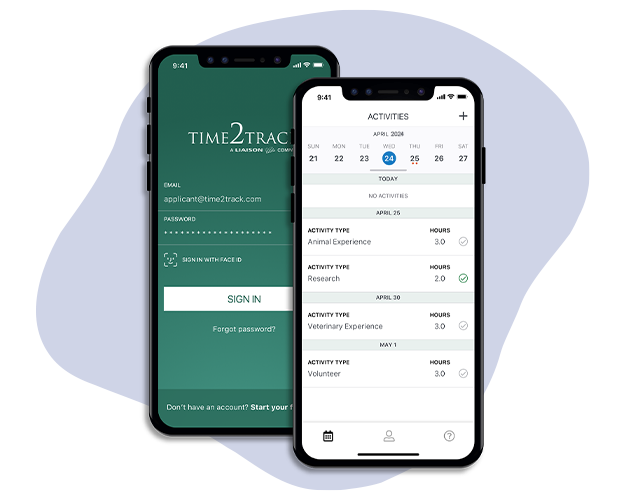
William James College Tracks Clinical Work with Underserved Populations
William James College Tracks Clinical Work with Underserved Populations

The Challenge
Understanding the Populations Students Serve
When Dr. Sonia Suri started five years ago as Senior Research and Evaluation Associate at William James College, the school was using several different methods to track student clinical hours. The counseling program was using Time2Track, some psychology programs were using a different tool, and others were still tracking time via paper and pencil. Dr. Suri needed to provide reporting on the usage of grant funding. “About two months into the other psychology tracking tool, I realized it was not very efficient—people were losing data, and I couldn’t do data retrieval easily,” she shared.
Dr. Suri needed to review the services that students were offering to special populations, such as veterans, military service members, and their families. “I had a state grant and we were trying to report the kinds of hours we were spending and the services we were providing,” she said. When Dr. Suri realized that Time2Track gave her access to the information she needed, she began urging her colleagues using other systems to switch.
Results
With Time2Track, William James College:
Consolidated information
into a single repository housing all data on student clinical interactions, including the types of services provided and populations served
Increased visibility into student progress
so field education staff can evaluate more quickly
Provided insight
into the experiences different sites provide students, offering field education staff tools to work more effectively with sites
The more I used it, the more I was convinced that if we had to logistically and carefully track student hours and figure out who they were serving, Time2Track was the way to do it.
— Dr. Sonia Suri
The Solution
A Consolidated Platform for Tracking Complex Data
Time2Track offered William James College a way to track all student clinical experiences in a single system. “It allowed me to have a repository of all the clinical interaction for the whole school, for every program that sees clients, in one place,” Dr. Suri said. “Tags have allowed me the flexibility of looking at special populations.” With Time2Track, staff can see individual student progress or filter by program or clinical site to examine broader trends. For example, field education staff can easily identify site-based problems, such as students getting too little face-to-face time or supervision, and then have the appropriate discussions with site directors and students.
The University’s Outcome
Streamlined Access and Deeper Insight
With Time2Track in place, Dr. Suri has been able to more easily access the data she needs for grant reporting. “There are lots of little things we need to know that we learn from tags—I need to understand how our students are working with people in integrated care settings. I also have to look beyond race and ethnicity—I need to know if people are veterans, immigrants, refugees, if they need language support,” she explained.
The school has been successful in its efforts to encourage students to adopt the system. “By October last year, everyone was registered,” Dr. Suri said. Over time, students have increased compliance with tracking more than just hours, adding demographic data on clients and tags as well.
Dr. Suri praised the Time2Track team’s willingness to work with her to develop aggregate reports based on her needs. “It’s easy to use—it’s a great system,” she said.

About William James College
William James College, located in Newton, Massachusetts, offers graduate degrees in psychology, counseling, applied behavioral analysis and leadership. The college partners with more than 350 locations to provide clinical training—students provide 185,000 hours of direct service to the community each year.

Time2Track Customization
Every program discipline has unique experience management characteristics and needs. That’s why our Client Success works closely with every new client to customize their Time2Track app.
With customization, stakeholders capture and manage the experience information that matters. Stakeholder confidence and compliance soars. And clients enjoy an even easier path to measurable success.
